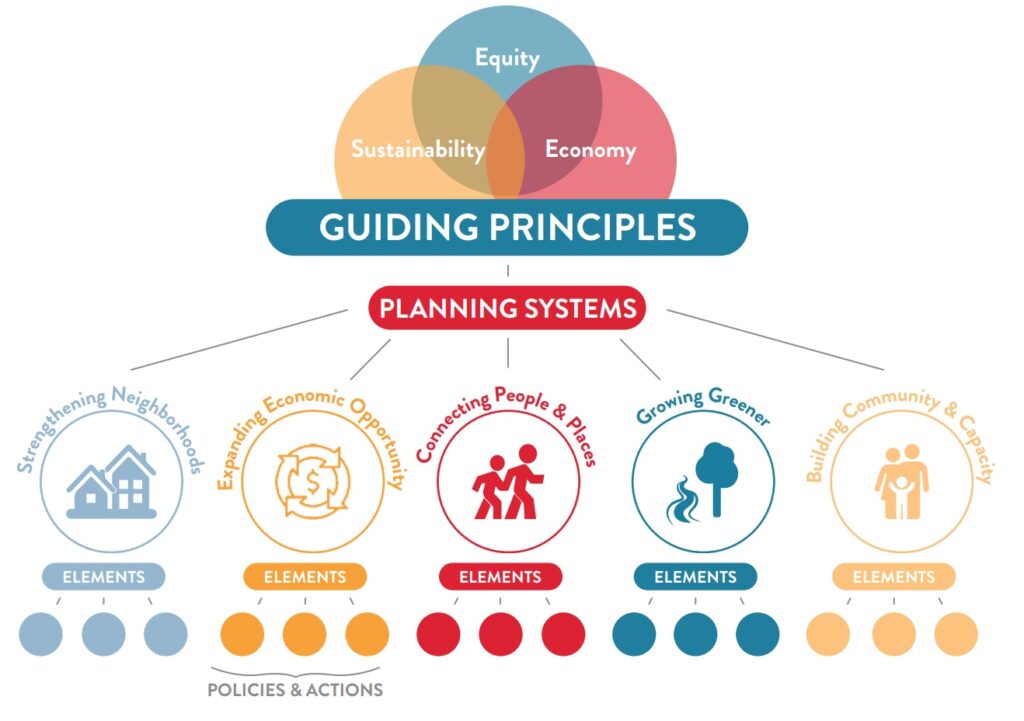If you go
What: Lancaster city comprehensive plan review and adoption
All meetings take place at City Hall, 120 N. Duke St., Lancaster.
Planning Commission
- Wednesday, July 19: Open House, 5 p.m., Meeting, 5:30 p.m. – plan presentation
- Wednesday, Aug. 2: Open House, 5 p.m., Meeting, 5:30 p.m. – initial full plan review
- Wednesday, Aug. 16: Open House, 5 p.m., Meeting, 5:30 p.m. – review and vote on recommendation
City Council
- Monday, Oct. 2, 6 p.m.: Introduce final plan
- Tuesday, Oct. 24, 6:30 p.m.: Vote on plan adoption.
Two months after its unveiling, Lancaster city’s comprehensive plan is headed this week into the home stretch leading to its expected adoption this fall.
It goes before the city Planning Commission this week, then in October to City Council. Both entities’ meetings are open to the public and livestreamed on the city’s YouTube page.
“We encourage residents, business owners, and other stakeholders to participate actively to finalize this plan for the future of our city,” Chris Delfs, director of Community Planning and Economic Development, said in a statement.
The Planning Commission is scheduled to hear an introductory presentation on the plan at its meeting this Wednesday, July 19. That will be followed by reviews at its next two meetings, Aug. 2 and Aug. 16, with a vote on recommending the plan scheduled for the latter date.
All three meetings begin at 5:30 p.m., preceded by an open house at 5 p.m., and take place at City Council chambers at City Hall, 120 N. Duke St., Lancaster.
The plan then goes to City Council. It is scheduled for discussion at council’s committee meeting at 6 p.m. Monday, Oct. 2, followed by a vote to adopt it by resolution at council’s meeting at 6:30 p.m. Tuesday, Oct. 24.
The plan is also subject to advisory reviews in September and October by the Lancaster County Planning Commission and School District of Lancaster and its board. Those dates are pending.
The draft plan is available at OurFutureLancaster.com, along maps and other supporting documentation. In general, it calls for increasing housing density, fostering the growth of small businesses along commercial corridors, improving environmental resilience and promoting equity.







